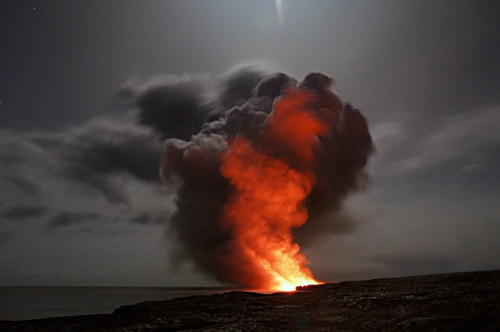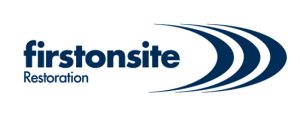Since early April 2017, first responders, Canadian agencies, and restoration specialists have been uniting to bring British Columbia back from one of the worst wildfire seasons in the province’s history. Over the span of several months, nearly 1000 fires have displaced thousands of residents, destroyed massive swaths of land, impacted cities outside its border, and caused millions of dollars in damages.
“Right now. it’s really about restoring the community,” said FirstOnSite Restoration’s senior project manager Jim Mandeville in an August 2017 interview. “Before the residents are allowed back in, we have to make sure they have safe homes and working services.”
Naturally, that’s easier said than done. With over 100 fires still raging and ever-shifting winds carrying debris to neighbouring Alberta cities, one of the biggest challenges wildfire responders are facing now is the task of cleaning up the damage left by smoke.
 “The other thing people sometimes forget is the liability aspect. If you make the decision not to clean and your tenant – or one of your employees – comes back years from now with lung cancer, your decision not to clean might be in question,” he added.
“The other thing people sometimes forget is the liability aspect. If you make the decision not to clean and your tenant – or one of your employees – comes back years from now with lung cancer, your decision not to clean might be in question,” he added.
FirstOnSite is familiar with eliminating smoke damage – especially having been on the frontlines of the recent Fort McMurray fires. It’s that experience that has informed the company’s top 10 list of tips for smoke damage cleaning, which include:
Hire a professional: Smoke contamination can travel to areas of property and/or belongings that may not be visible to the untrained eye. Hire a firm with specialized expertise in smoke cleaning to complete a proper assessment.
Protect yourself: If you do clean, remember that the environment may not be safe. Always protect yourself before beginning to clean fire residue by using a disposable dust mask or respirator and wear gloves.
Know the cold zones: Smoke is attracted to the coldest areas of a home. These areas will suffer the most damage.
 Swipe first: Swipe windows with a clean white tissue to determine potential contamination. Light brown / brown dust indicates typical household dust, while grey/black dust indicates contamination is present and the area should be handled professionally to ensure safety.
Swipe first: Swipe windows with a clean white tissue to determine potential contamination. Light brown / brown dust indicates typical household dust, while grey/black dust indicates contamination is present and the area should be handled professionally to ensure safety.
Stay unplugged: Do not turn on any electronics since soot on surfaces and in the air will contaminate the inside of the unit.
Toss the leftovers: Dispose of open or exposed food to avoid possible ingestion of toxic carcinogens.
Seal the environment: Keep doors and windows closed as much as possible to prevent smoke from entering your home and/or business. Consider sealing windows and door frames with tape to prevent smoke from entering your home or business if the building is near an active fire.
Use an air purifier: This will help remove particulates from the air.
Change furnace filters often: Use one every few days or weekly depending on the severity of smoke and air quality.
Clarify your coverage: Call your insurance company to understand what is specifically covered under your policy.
Addressing smoke damage is key to BC’s clean and healthy recovery. Moreover, it’s critical to minimizing similar damage in cities such as Edmonton, Calgary, and other Alberta cities where smoke from the wildfires has reached. And surely, as restoration efforts mount, Mandeville said doing so will be among FirstOnSite’s most critical priorities: “This is an ever-changing, wide-spread event where poor air quality is affecting much of the province (and beyond). Decisions which are normally simple are now based on wind direction and how many times this year we will be doing it. All of these issues really speak to the need for organizations and business to have a qualified restoration partner as a part of their arsenal in the future with our ever-evolving climate situation.”
Jim Mandeville is a senior project manager with FirstOnSite Restoration, a leading Canadian disaster restoration company providing remediation, restoration, and reconstruction services nationwide, as well as for the US large loss and commercial market. For more information, visit www.firstonsite.ca.







